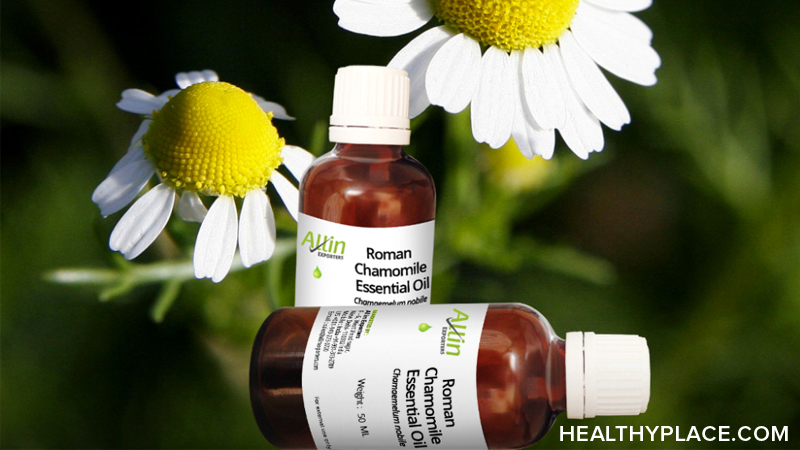A Day in the Heart of Pain
The following is an excerpt from the book Unattended Sorrow: Recovering from Loss and Reviving the Heart
by Stephen Levine
Published by Rodale; February; $23.95 US; 1-59486-065-3
Copyright © 2005 by Stephen Levine
WHAT WOULD IT BE LIKE TO AWAKEN TO A DAY WITH OUR HEARTS open to our pain?

What would it be like to approach the mean habit of rejecting our pain, which turns it into suffering, with mercy and awareness? When we are no longer mesmerized by our wounds or making a religion of the pain by which we so often define ourselves, we stop running for our lives.
Some years ago, sitting next to a fifteen-month-old child whose cancer had begun in her mother's womb, as I prayed for her life, something very deep inside told me to stop, that I didn't know enough to make such a prayer. It said that I was just second-guessing God. That I could not really comprehend what her spirit might have needed next, that only this pain in this fleeting body, which was being torn from the hearts of her loved ones, might teach her as she evolved toward her ceaseless potential. That she, like us all, was in the lap of the mystery, and that the only appropriate prayer was, "May you get the most out of this possible!"
continue story below
Sharing our healing, we send wishes for the well-being of all those who, like ourselves, find themselves in a difficult moment, as the heart whispers, "May we all get the most out of this possible."
And we can say to ourselves, in appreciation of the healing potential of approaching with mercy and awareness that which so recently may have been an aversion to our situation, "May I get the most out of this possible."
It is said that nothing is true until we have experienced it, so as an experiment in sending love where the fear is, we can use the presence of mild pain to test the truth of softening and sending mercy into an area of our body that is perhaps captured in the constriction of fear. Knowing that working with physical pain demonstrates a means of working with mental pain as well, we can let go of the tension around physical discomfort.
If you watch closely, you'll notice that when you experience physical pain, you ostracize and isolate that part of yourself. You close off what is calling out for your help. We do the same thing with our grief.
When you stub your toe, more than physical pain is generated; grief is released into the wound, followed by a litany of dissatisfactions and "poor me's," a damning of God sent heavenward. When we trip and fall in the darkness, we are all too ready to curse ourselves for being so clumsy, as well as for not being able to hold our bladder until dawn, for not counting the hours in our just-expended 1,000-hour lightbulb, and the bruise is suffused with self-judgment and an irrational sense of responsibility.
The next time you have a minor wound, such as a stubbed toe or bumped elbow, note how long it takes that wound--when you soften to it and use it as a focus for loving kindness--to heal. Then compare it with the number of days it takes a similar wound to heal when you turn away from it, allowing the fear and resistance that rushes toward it to mercilessly remain. Contrast the healing of an injury in the mind or body in which loving kindness has gradually gathered to one that has been abandoned.
This softening and opening around pain has been shown in several double-blind studies to provide greater access of the immune system to an area of injury. It opens the vice of resistance into a never-considered acceptance of the moment. It denies hopelessness a home. It proves we are not helpless, that we can actively intercede in what we previously believed we had only to endure.
Working with our pain, or the pain of loved ones, cultivates a mercy that allows us to stay one more moment at their bedside when we are most needed. It allows us to not run away.
To open some of our healing potential, soften around the pain to melt the resistance that isolates it. Enter it with mercy, instead of walling it off with fear. Pass through the barricades of fear and distrust that attempt to defend the pain. Let what seems an improbable love--the ultimate acceptance of our pain--enter the cluster of sensations that so agitate the mind and body.
It takes patience to let go of doubt. So many fears warn us against opening beyond the numbness that surrounds pain. But when we allow ourselves to be open to and investigate these fears, we come to see them and our negative attachment to them, our compulsive warring with them, as a great unkindness to ourselves. As we open into our pain we may weep with gratitude when at last the pain does not so much disappear as become dispersed through the gradually expanding spaciousness of awareness.
As pain teaches us that fear can be penetrated by mercy and awareness, from some inherent knowing there resonates from our suffering a perfect teaching in compassion. We find in our pain the pain we all share. Softening around pain with mercy instead of hardening it with fear, the heart expands as "my' pain becomes "the" pain. Odd as it may sound, when we share the insights arising from our pain we become more able to honor the pain.
Following a tributary from the personal to the universal, we can find in our pain the pain of others as well. In our own wish to be free of suffering, others are calling out to be freed from their difficulties. Finding them in ourselves, the loving kindness that we extend to all sentient beings moves Earth toward heaven.
When we meet pain with mercy, there is a silent sigh of understanding and relief that can serve the whole world. There is exposed a meaning to life, a connection through ourselves to all others, that proposes a balm to the suffering in the world.
Reprinted fromUnattended Sorrow: Recovering from Loss and Reviving the Heart by Stephen Levine © 2005 by Stephen Levine. Permission granted by Rodale, Inc., Emmaus, PA 18098. Available wherever books are sold or directly from the publisher by calling (800) 848-4735 or visit their website at www.rodalestore.com
APA Reference
Staff, H.
(2008, December 11). A Day in the Heart of Pain, HealthyPlace. Retrieved
on 2025, December 25 from https://www.healthyplace.com/alternative-mental-health/sageplace/a-day-in-the-heart-of-pain

 How does Today's Advertising Impact on Your Body Image?
How does Today's Advertising Impact on Your Body Image?